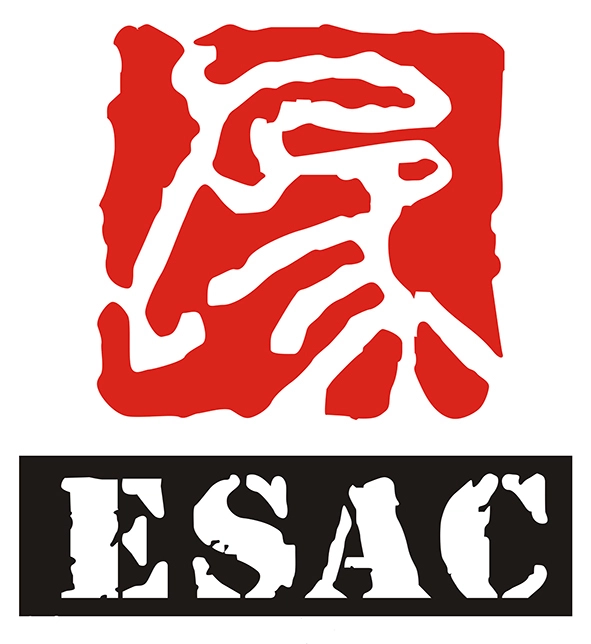5,000+ Entertainment Design Cases, 20+ years Amusement Industry Experience - ESAC Design Sales@esacart.com+086-18024817006
Designing Indoor Playgrounds For Kids: What You Need To Know
Designing Indoor Playgrounds for Kids: What You Need to Know
Indoor playgrounds have become a popular destination for families looking to provide their children with a safe and fun environment to play. Whether you are a parent, teacher, or business owner looking to create an indoor playground, there are several factors to consider to ensure it is both enjoyable and safe for kids. In this article, we will discuss the important aspects of designing indoor playgrounds for kids and what you need to know before getting started.
Choosing the Right Location
One of the first steps in designing an indoor playground for kids is choosing the right location. The location of your indoor playground can have a significant impact on its success. It is essential to select a space that is easily accessible to families, preferably in a high-traffic area. Consider factors such as parking availability, visibility, and proximity to other family-friendly businesses. Additionally, think about the size of the space and how it can accommodate different play areas and equipment while allowing for easy supervision.
When selecting a location for your indoor playground, it is also crucial to consider the layout of the space. Ensure there are clear sightlines for parents to supervise their children and that there are no obstacles that could pose a safety hazard. The layout should be designed to promote flow and encourage children to explore different play areas.
Creating a Safe Environment
Safety should be a top priority when designing an indoor playground for kids. To create a safe environment, it is essential to carefully select the play equipment and ensure it meets all safety standards. Choose equipment that is age-appropriate, sturdy, and easy to clean. It is also important to regularly inspect and maintain the equipment to ensure it is in good condition.
In addition to selecting safe play equipment, it is crucial to design the layout of the indoor playground with safety in mind. Consider factors such as proper spacing between play structures, soft surfacing to cushion falls, and clear signage indicating rules and guidelines for safe play. Implementing safety measures such as security cameras, trained staff, and emergency procedures can also help create a secure environment for children.
Choosing Play Equipment
When designing an indoor playground for kids, selecting the right play equipment is essential to creating a fun and engaging environment. Consider a variety of play structures that cater to different interests and ages, such as slides, climbing walls, ball pits, and interactive games. It is important to choose equipment that promotes physical activity, creativity, and social interaction among children.
When choosing play equipment for your indoor playground, consider factors such as durability, ease of maintenance, and compliance with safety standards. Look for equipment made from high-quality materials that can withstand heavy use and frequent cleaning. Additionally, consider the size and layout of the space when selecting play structures to ensure they fit properly and allow for adequate space for children to move around safely.
Designing Play Areas
In addition to selecting play equipment, designing different play areas within your indoor playground can enhance the overall experience for children. Create designated areas for activities such as active play, imaginative play, sensory play, and quiet relaxation. Each play area should be designed to cater to specific interests and provide a variety of experiences for children to engage in.
When designing play areas within your indoor playground, consider the flow of traffic and how children will move between different areas. Use signage, colors, and themes to differentiate between play zones and create an inviting atmosphere. Consider incorporating seating areas for parents to relax while watching their children play and interactive elements such as digital screens or sensory panels to enhance the play experience.
Engaging with the Community
Creating an indoor playground for kids is not just about designing a space for play—it is also an opportunity to engage with the local community and build relationships with families. Consider hosting special events, workshops, or classes at your indoor playground to attract families and create a sense of community. Collaborate with local schools, businesses, and organizations to promote your indoor playground and offer special discounts or promotions.
Engaging with the community can help create a loyal customer base and generate positive word-of-mouth recommendations. Consider partnering with local influencers or bloggers to showcase your indoor playground on social media and reach a wider audience. Offer loyalty programs, birthday party packages, and other incentives to encourage repeat visits and create a positive experience for families.
In conclusion, designing an indoor playground for kids requires careful planning, attention to detail, and a focus on creating a safe and engaging environment. By choosing the right location, creating a safe environment, selecting appropriate play equipment, designing play areas, and engaging with the community, you can create a successful indoor playground that children will love to visit. Remember to prioritize safety, creativity, and fun when designing your indoor playground, and you are sure to create a space that will delight children and families alike.






